Not every Michigan school has a machine that could save a student's life during a cardiac arrest
- Oops!Something went wrong.Please try again later.
If a child's heart stops beating in school, the right training — and equipment — can make all the difference.
Some schools in Michigan are prepared, according to officials, but Michigan doesn’t require schools or school athletic facilities to have automated external defibrillators (AEDs). Twenty other states and the District of Columbia do, according to the Sudden Cardiac Arrest Foundation, which conducted a 2022 review of state laws.
Sudden cardiac arrest is relatively uncommon, but still a threat for young people, particularly those who play sports: Nationally, about 39% of all incidents of sudden cardiac arrest among those younger than 18 occurred in a sports-related setting in 2022, according to the American Heart Association. Among those ages 19-25, about 13% were sports-related.
This week, a community in Detroit felt the shattering impact of a sudden cardiac arrest in a young person. Cartier Woods, an 18-year-old senior at Northwestern High School, died Tuesday, a week after suffering cardiac arrest during a Jan. 31 basketball game. Woods remained on life support for a week before his passing.
A CLASSMATE MOURNED:Cartier Woods remembered as a talented sports player and a 'friendly giant'
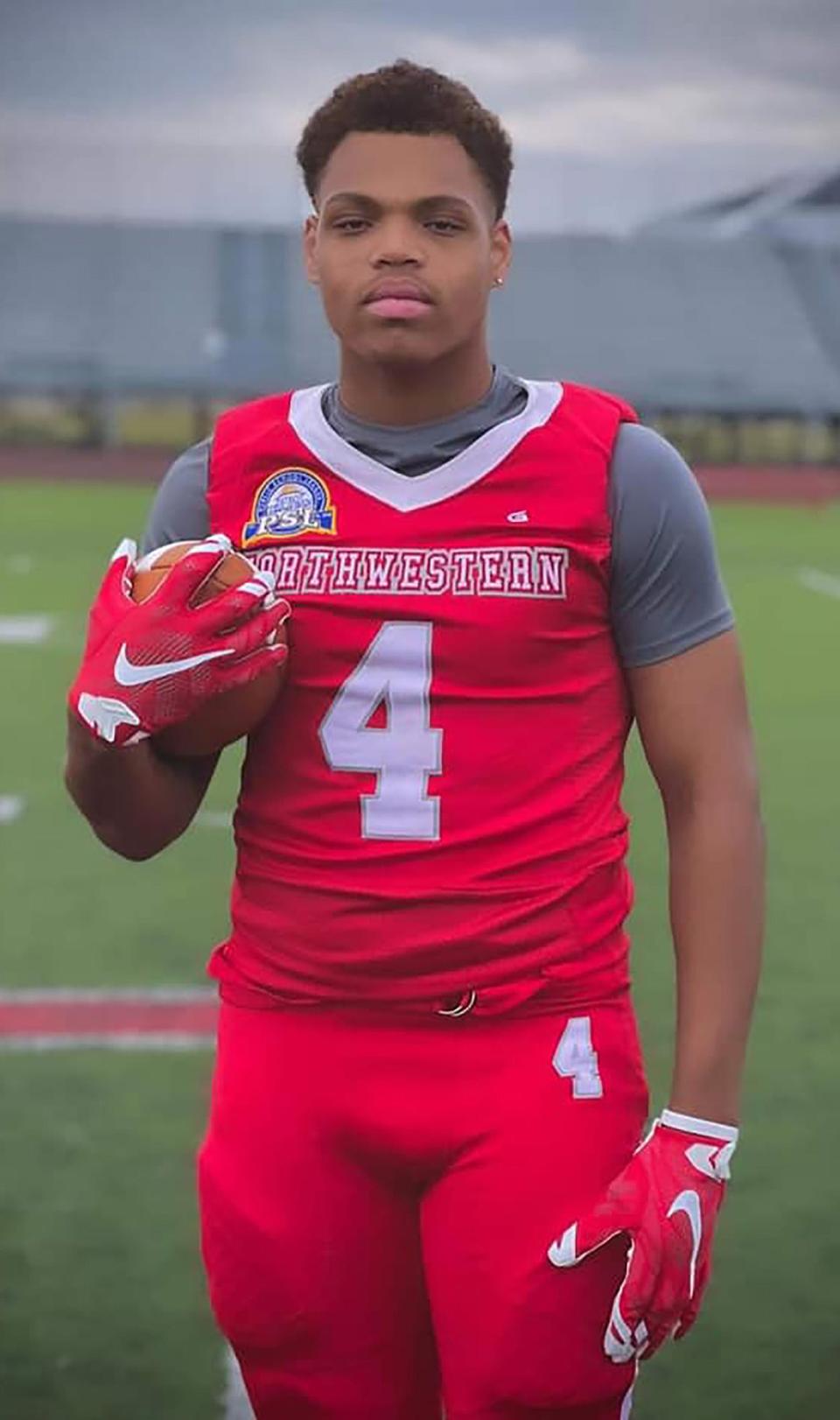
Coach George Tyson performed CPR. As others were preparing to use an AED on Woods, emergency medical workers arrived, said Chrystal Wilson, assistant superintendent of communications for DPSCD.
All DPSCD schools have AEDs, Wilson said.
“All athletic directors and coordinators are CPR-certified,” she said. “Nurses are also trained to use AEDs.”
Dr. Peter Fattal, a cardiologist from Saginaw and past-advocacy chair of the Michigan Chapter of the American College of Cardiology, said there’s little that’s more emotional than watching a young athlete succumb to sudden cardiac arrest.
“We just saw it with Damar Hamlin on a national TV and think about the millions of people that witnessed that,” he said of Hamlin, who suffered sudden cardiac arrest during a January Monday Night Football game against the Cincinnati Bengals. “There’s a lot of messages kind of hidden in there. … When you see that, there is this overwhelming desire to think: ‘Well, what can I do about that? How can we prevent that from happening?’ There are things we can do now.”
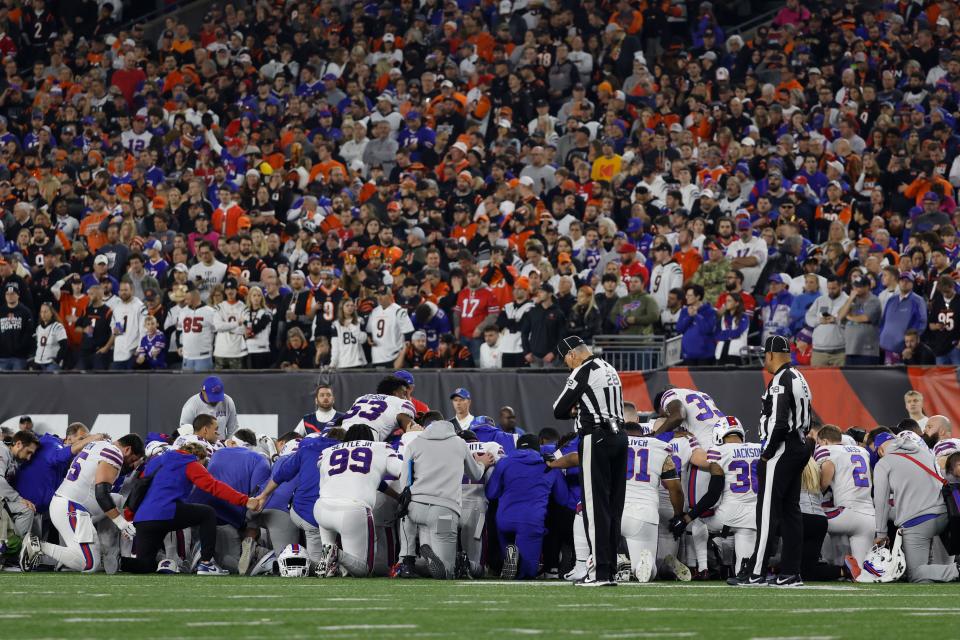
Why rapid intervention matters
In March 2011, 16-year-old Wes Leonard shot a game-winning basket at Fennville High School, about 45 minutes southwest of Grand Rapids.
His teammates hoisted him into the air. And Wes collapsed, prompting, at first, a wave of confusion from teammates. An AED previously affixed to a wall near the high school's gym had been removed at some point before the Thursday night game. A principal found the machine in a storage room, but the battery was dead. Minutes passed. And Wes died. His mother was later told that his heart could have been started again with assistance from an AED.
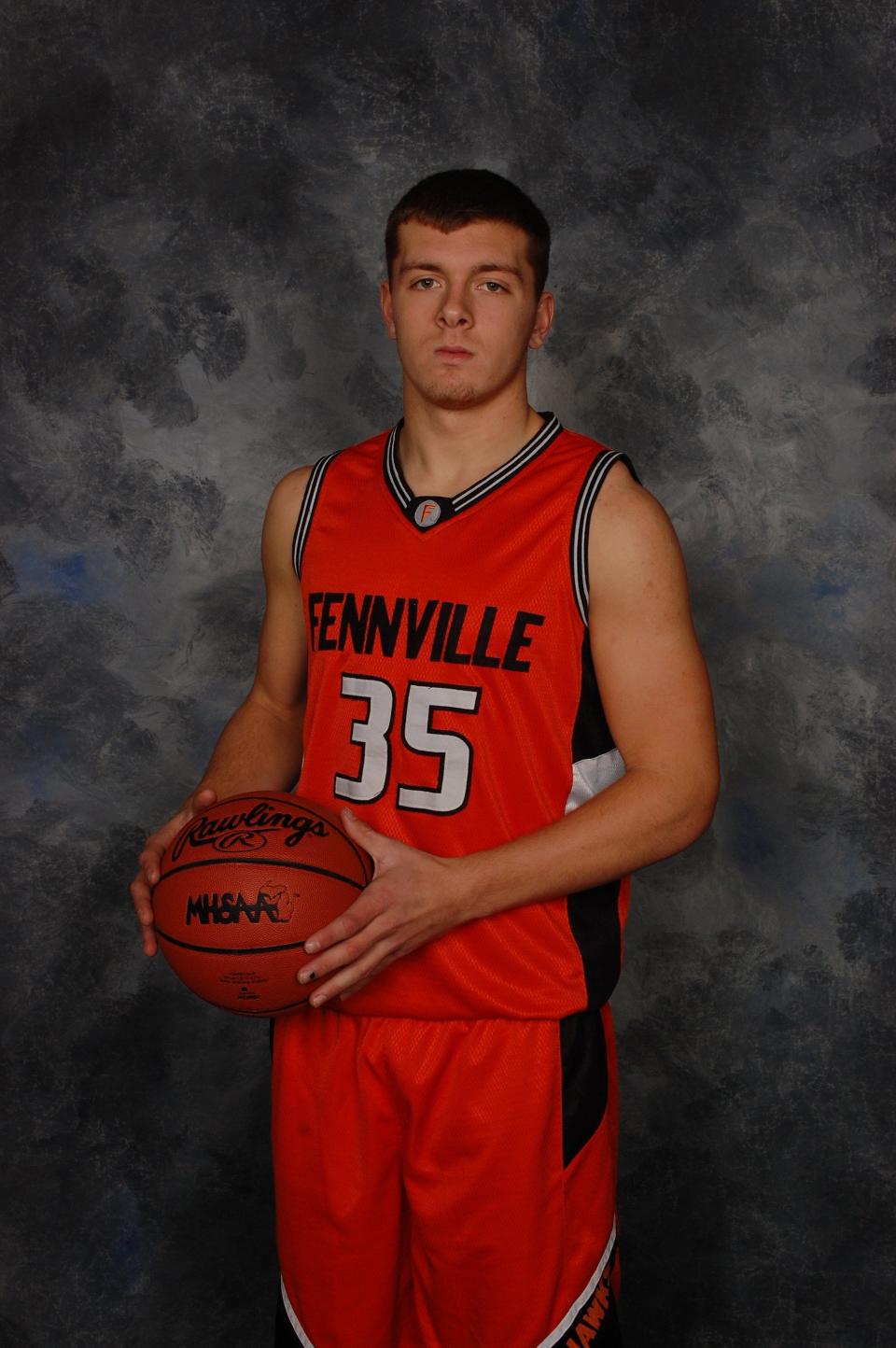
Wes had hypertrophic cardiomyopathy, which is found in about 1 in 500 people, said Dr. Justin Trivax, an interventional cardiologist at Corewell Health. It occurs when the bottom chamber of the heart gets abnormally thickened and electrical conduction does not move well through that thicker heart muscle. It can cause cardiac arrest during high levels of exercise.
Wes' parents, crushed by their loss, started a nonprofit, Wes Leonard Heart Team, which helps get AEDs in schools. The organization has since donated 393 AEDs, primarily to schools, many in Michigan.
Experts say that unless there’s immediate intervention, the chances of surviving sudden cardiac arrest are low. According to the American College of Cardiology, the odds of survival fall 10% for every minute that passes between when a person collapses and when a shock is applied from an automated external defibrillator.
“If there is any delay (in treatment), most cardiac arrests that occur outside of the hospital will die,” Trivax said. “About 90% of people who have a cardiac arrest outside of the hospital do not survive."
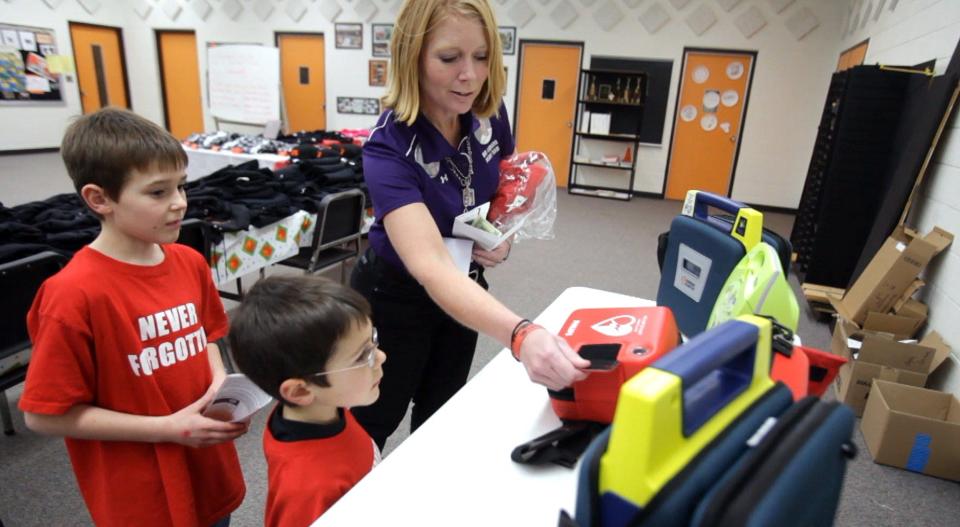
Cathy Farris, lead district nurse for the Novi Community School District and a nurse in the pediatric cardiothoracic intensive care unit at C.S. Mott Children's Hospital at the University of Michigan, said teenagers in particular are more likely to have arrhythmia, or an irregular heartbeat, than a younger child.
Farris said chances are high that older students, from middle school on, would require AED intervention in the event of a cardiac emergency.
CPR and AED requirements in Michigan
Wes was on the mind of then-state Sen. Tonya Schuitmaker, R-Lawton, when she introduced legislation that passed in 2016, requiring schools to offer instruction on CPR and AED operation. Schools can decide whether to offer a certification program, or provide hands-only CPR, a tactic for survival. The Michigan High School Athletic Association, however, requires head coaches of varsity, junior varsity, and ninth grade teams to have valid CPR certification.
Schuitmaker, who is no longer in office, said her priority was training at the time. Requiring AEDs, which usually cost about $1,500 each, in every school would have come with a hefty price tag, especially for large districts.
"We tried to do it with the least cost impact of school districts," she said.
While state law does not require AEDs on campus, many schools have them. The MI HeartSAFE School Program — supported by the Michigan Department of Health and Human Services, the Michigan Department of Education, the American Heart Association, the Michigan High School Athletic Association and the Michigan Alliance for Prevention of Sudden Cardiac Death of the Young — developed criteria for schools to be designated HeartSAFE.
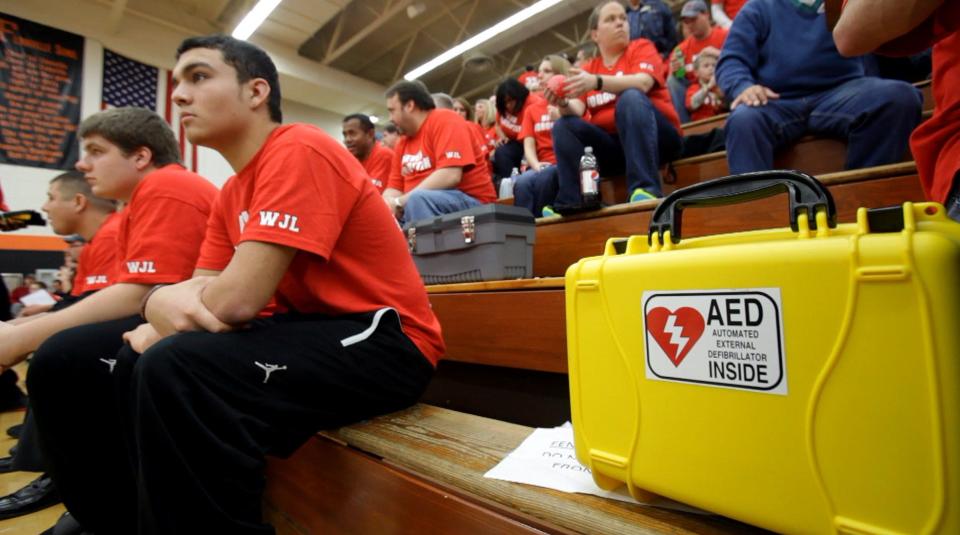
Among the requirements: CPR/AED certification for at least 10% of staff and 50% of coaches, properly maintained AEDs on campus, and annual cardiac emergency drills. Currently several hundred schools, which can include private schools and universities, have the designation, according to MDHHS. However, the program is optional.
Novi has 52 AEDs spread across nearly a dozen institutions in the district, Farris said. When Farris joined the district more than a decade ago, she said she found some AEDs needed better placement, and some buildings needed more. AEDs are located in Novi concession stands, too, in case doors to the inside of a school are locked.
"For instance, some were in areas that were not accessible in the evenings, which wasn't helpful when you had Zumba going on in the gym," she said.
The district has deployed the machines in a few instances, but on adults. If the cost of AEDs are restrictive, Farris recommends that other schools turn to nonprofits like Wes Leonard or Beaumont for sponsorship of the machines.
AEDs also require maintenance, Farris said. Pads need to be changed every three years and batteries every four years.
The Michigan law that mandated CPR training in schools after Wes' death was one step forward, said Fattal. Requiring AEDs in all schools and athletic facilities in Michigan would also be another leap toward saving lives.
Michigan already requires health clubs, such as gyms, to have and maintain the devices.
"There is no doubt that the more we can do to make AEDs available everywhere, but certainly within our schools, the better the chances are people will be able to survive these really devastating things," Fattal said.
Fattal, who founded the Pulse3 Foundation, said his organization has supplied about 350 AEDs to schools and other athletic facilities in Saginaw, Midland and Bay counties over the last 15 years.
“For the first seven years, we tracked the AEDs we put in, and we were able to identify 12 lives that were saved with the AEDs that we put in, which is very powerful,” he said.
Contact Kristen Jordan Shamus at kshamus@freepress.com and Lily Altavena at laltavena@freepress.com.
This article originally appeared on Detroit Free Press: Here's how schools could save a student's life in a cardiac arrest

